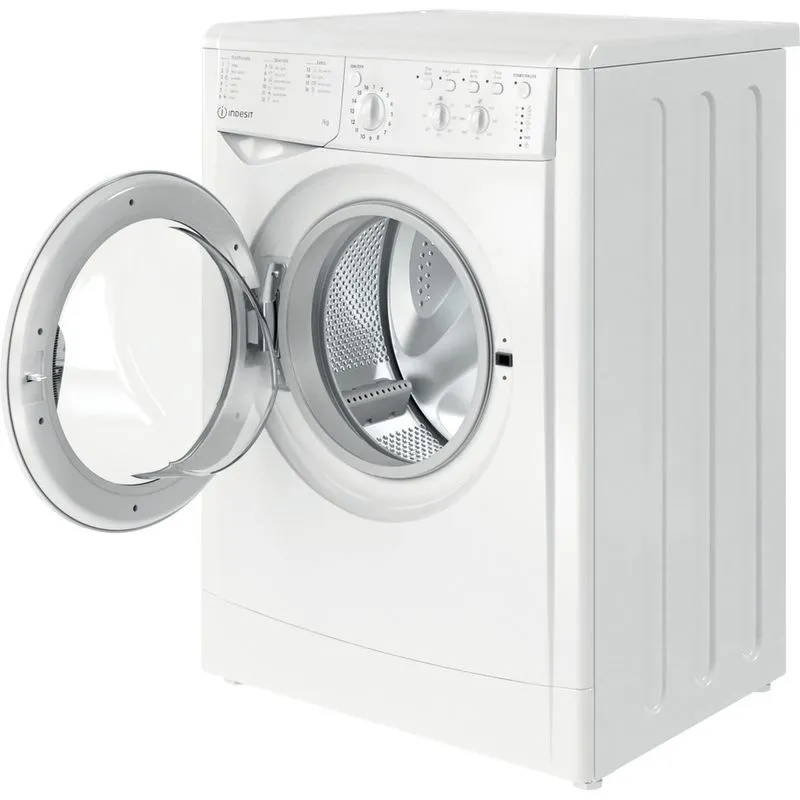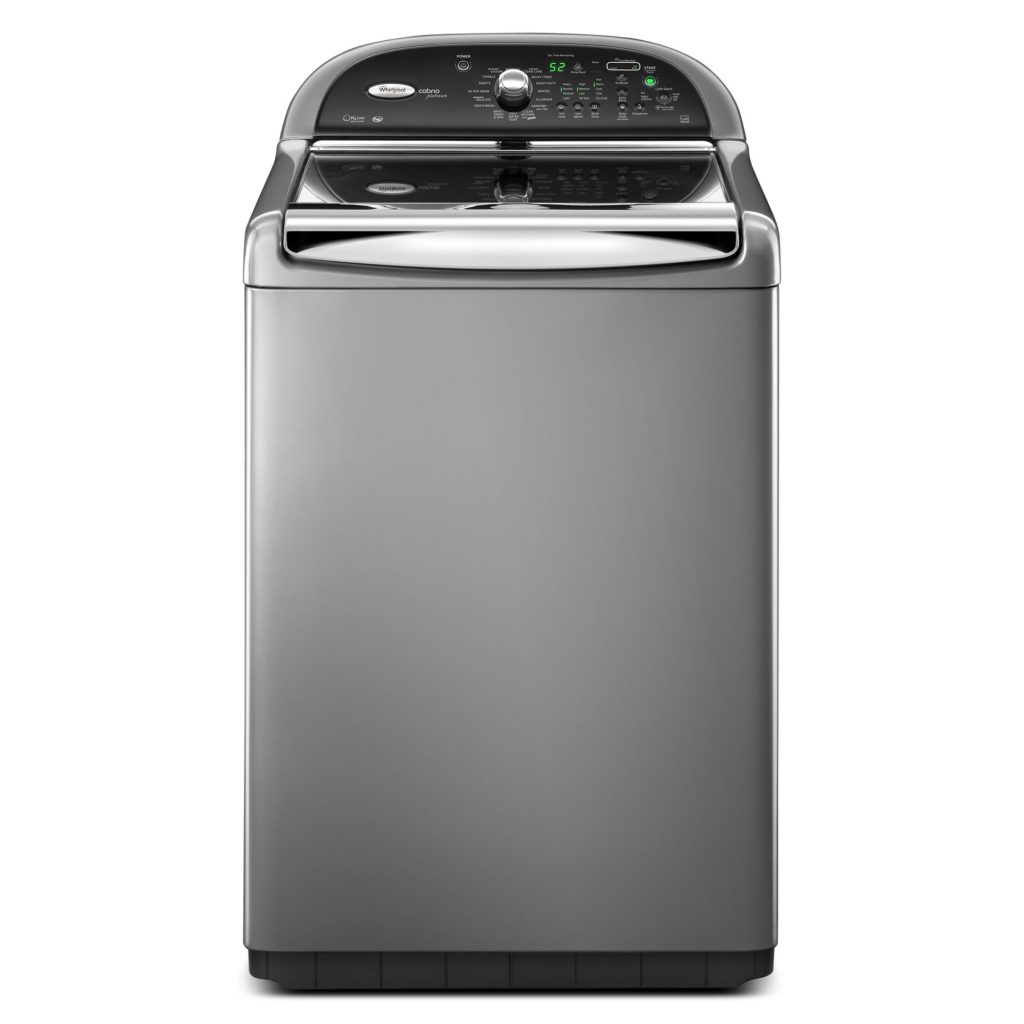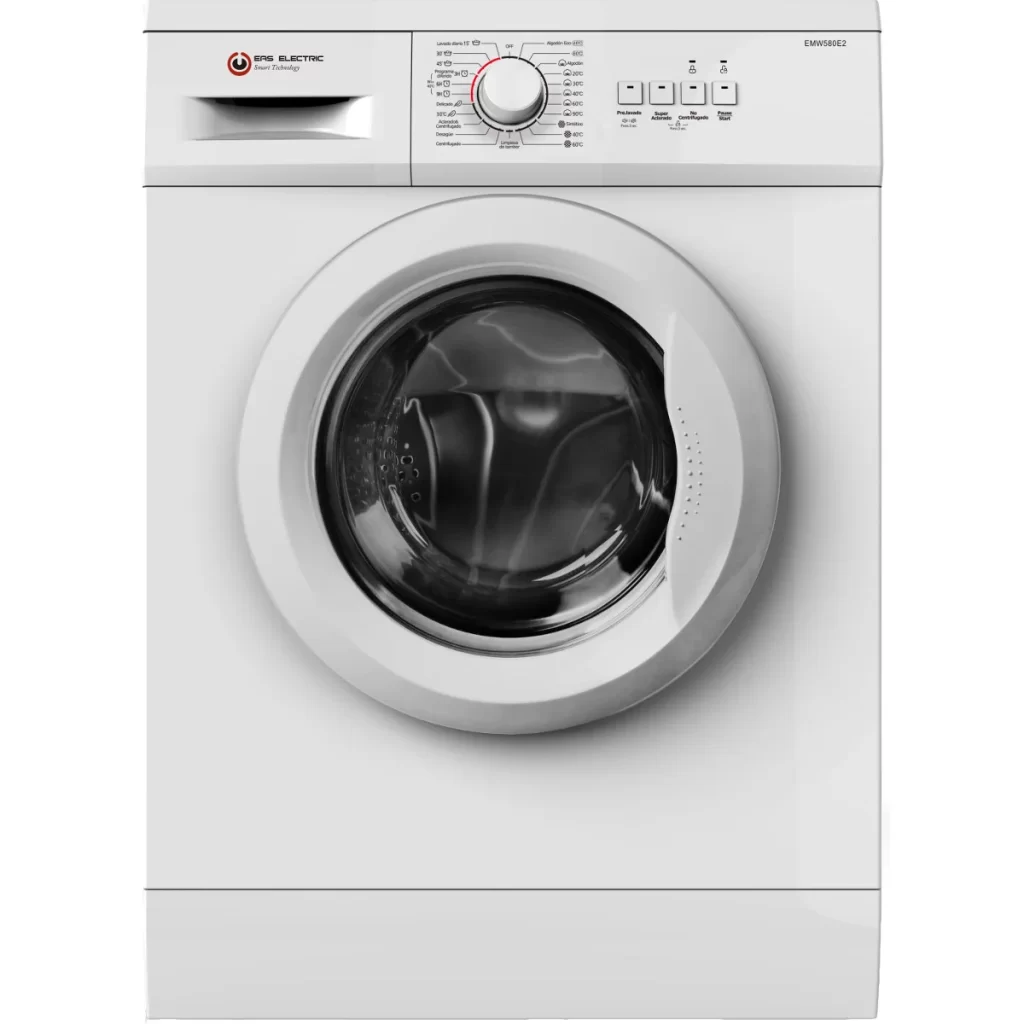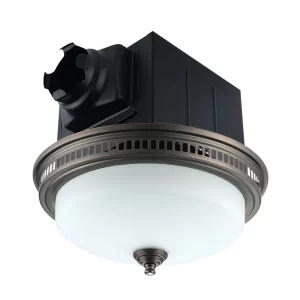Understanding the Problem: Washing Machine Won’t Drain Water
A washing machine that won’t drain water can be an incredibly frustrating issue for anyone who relies on this household appliance. Not only does it interfere with laundry day, but it can also lead to a buildup of moisture and potential mold growth if the water is left standing for too long. Understanding the reasons behind this problem is crucial for effective troubleshooting and repair. In this article, we will explore the common causes of why a washing machine won’t drain water, the steps you can take to diagnose the issue, and some possible solutions for fixing it.
Common Issues Leading to Drainage Problems
Clogged Drain Hose
One of the most frequent reasons a washing machine won’t drain water is due to a clogged drain hose. Over time, lint, fabric fibers, and foreign objects can build up in the hose, preventing water from flowing out as it should.
Symptoms of a Clogged Drain Hose:
- Water pooling at the bottom of the drum.
- A slow or incomplete drainage cycle.
Blocked Pump Filter
Most washing machines are equipped with a pump filter that catches large debris before it gets into the water pump. If this filter becomes blocked, it could hinder the water drainage process.
Signs of a Blocked Pump Filter:
- A loud noise coming from the washing machine during a cycle.
- An error code indicating drainage problems (on models with a digital display).
Faulty Drain Pump
The drain pump is the component responsible for pushing water out of the machine. If this pump is malfunctioning or damaged, it can lead to drainage issues.
Symptoms of a Faulty Drain Pump:
- The machine may attempt to drain but no water exits.
- You might hear a hum or buzzing noise indicating the pump is stuck.
Issues with the Water Level Control
The water level control switch signals the washing machine when it has filled with the desired amount of water. If this sensor is malfunctioning, it may cause the machine to think it is still filled with water, which can prevent draining.
Indications of Water Level Control Issues:
- The washing machine fails to begin the spin cycle.
- An unusually high amount of water remains in the drum after a cycle.
Kinked or Pinched Drain Hose
In some cases, the drain hose itself may be kinked or pinched, usually due to improper installation or positioning. This can impede the water-flow and lead to drainage issues.
Signs of a Kinked Drain Hose:
- Water backs up into the washing machine.
- An oddly shaped drain hose that does not appear to be straight.
Electrical or Wiring Faults
Sometimes, the problem could be electrical or involve faulty wiring in the machine. This includes issues with the control board or malfunctioning sensors that signal the drain pump to activate.
Signs of Electrical Issues:
- The machine may behave erratically, with cycles starting and stopping randomly.
- Error codes appear on the digital display.
Diagnosing the Issue
Step 1: Gather Your Tools
Before you begin troubleshooting, it’s essential to gather some basic tools. You may need:
- Screwdrivers (Phillips and flathead)
- A bucket to catch any water
- Towels for cleanup
- A flashlight to check for obstructions
Step 2: Check the Drain Hose
Begin your diagnosis by inspecting the drain hose. Look for kinks, bends, or dents. Ensure that it’s not exposed to any excessive pressure.
- Disconnect the hose from the machine and inspect the interior for clogs or blockages.
- Run water through it to see if it drains freely.
Step 3: Inspect the Pump Filter
If the drain hose appears clear, the next step is to check the pump filter.
- Locate the filter; consult your owner’s manual if needed.
- Remove the filter, keeping a towel handy for any spilled water.
- Clean out any debris or buildup and replace it securely.
Step 4: Examine the Drain Pump
If both the drain hose and pump filter check out, it’s time to inspect the drain pump.
- Access the pump, usually located at the bottom of the machine.
- Check for any visible damage or signs of wear.
- Ensure that the pump is not clogged with debris.
Step 5: Test the Water Level Control
If all else is well, take a look at the water level control feature.
- Use a multimeter to check for continuity in the water level switch.
- Replace the switch if it is faulty or malfunctioning.
Preventive Measures for Future Issues
Regular Cleaning
To minimize future drainage problems, consider establishing a cleaning schedule for your washing machine.
- Every few months, remove and clean the pump filter and drain hose.
- Run a vinegar cycle (empty) occasionally to dissolve soap scum and other buildups.
Monitor Your Usage
Keep an eye on what you wash. Avoid overloading the machine, and ensure that large items are balanced in the drum.
- Inspect pockets before washing to prevent foreign objects from getting lodged in the pump or hose.
- Use appropriate soap amounts to avoid over-sudsing, which can lead to blockages.
Professional Maintenance
While many issues can be resolved independently, regular professional maintenance can help prevent future problems.
- Schedule annual check-ups with a qualified technician to inspect your machine.
- Get them to look at electrical wiring and components that you might not be comfortable checking yourself.
Troubleshooting Erratic Behavior
Sometimes, a washing machine that won’t drain might also exhibit erratic behavior, such as unexpected stopping or starting.
- Reset the machine by unplugging it for a few minutes.
- Check the machine’s error code, if applicable, to identify specific issues.
- Inspect electrical connections and wiring, looking for loose or damaged wires.
Emergency Water Removal
In cases where water is still standing in the drum, it’s essential to remove it to avoid potential water damage or mold growth.
- Use a wet-dry vacuum to suck water out of the drum.
- Carefully tilt the machine to allow any residual water to exit through the drain hose.
When to Call a Professional
If you’ve gone through these troubleshooting steps and still find that your washing machine won’t drain water, it might be time to call in professional help.
Indications for Professional Help:
- Persistent issues after cleaning and examining all components.
- If you don’t feel comfortable working with electrical components.
- When warranties or insurance policies provide coverage for repairs.
 National Appliance Repair Services
National Appliance Repair Services
Overview of National Chains
In addition to local repair services, you can also consider well-known national chains like Sears Home Services, Mr. Appliance, and RepairClinic. Although they may charge slightly more, their established reputation can offer peace of mind.
Benefits of National Chains
- Standardized Service
National chains typically have standardized processes and warranties that can assure you of quality service. - Brand Expertise
If you have a specific brand, these chains often have specialized knowledge about common issues related to that brand. - Convenience of Scheduling
With a national chain, online booking options and extensive hours of service can provide flexibility.
Drawbacks of National Chains
While national chains come with benefits, there may be drawbacks as well:
- Higher Costs
They often charge more for labor and parts compared to local providers. - Less Personalization
You might not receive the personal touch you’d typically get from a smaller, local business.
Conclusion
A washing machine won’t drain water can be a pesky dilemma, but with the right approach, many issues can be diagnosed and resolved independently. From clogged drain hoses to malfunctioning pumps, understanding the common causes of drainage problems is crucial for effective troubleshooting. By following the outlined steps, you can not only fix the immediate issue but also prevent future problems. Remember to keep your washing machine clean, monitor its usage, and seek professional help when necessary to ensure a smooth laundry experience. Taking these proactive measures will help you maintain a well-functioning washing machine and prevent the inevitable frustrations of dealing with laundry that just won’t drain.



